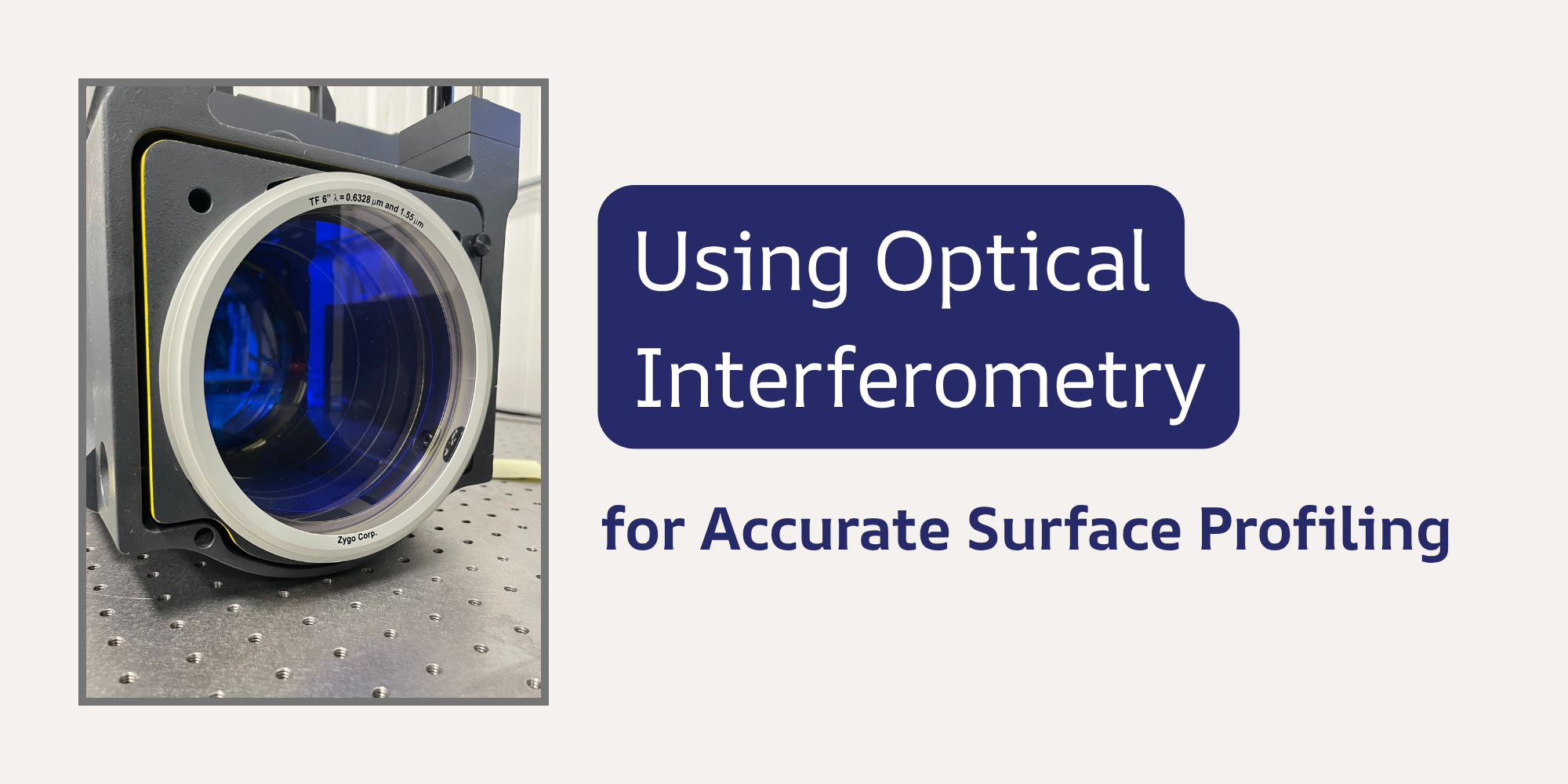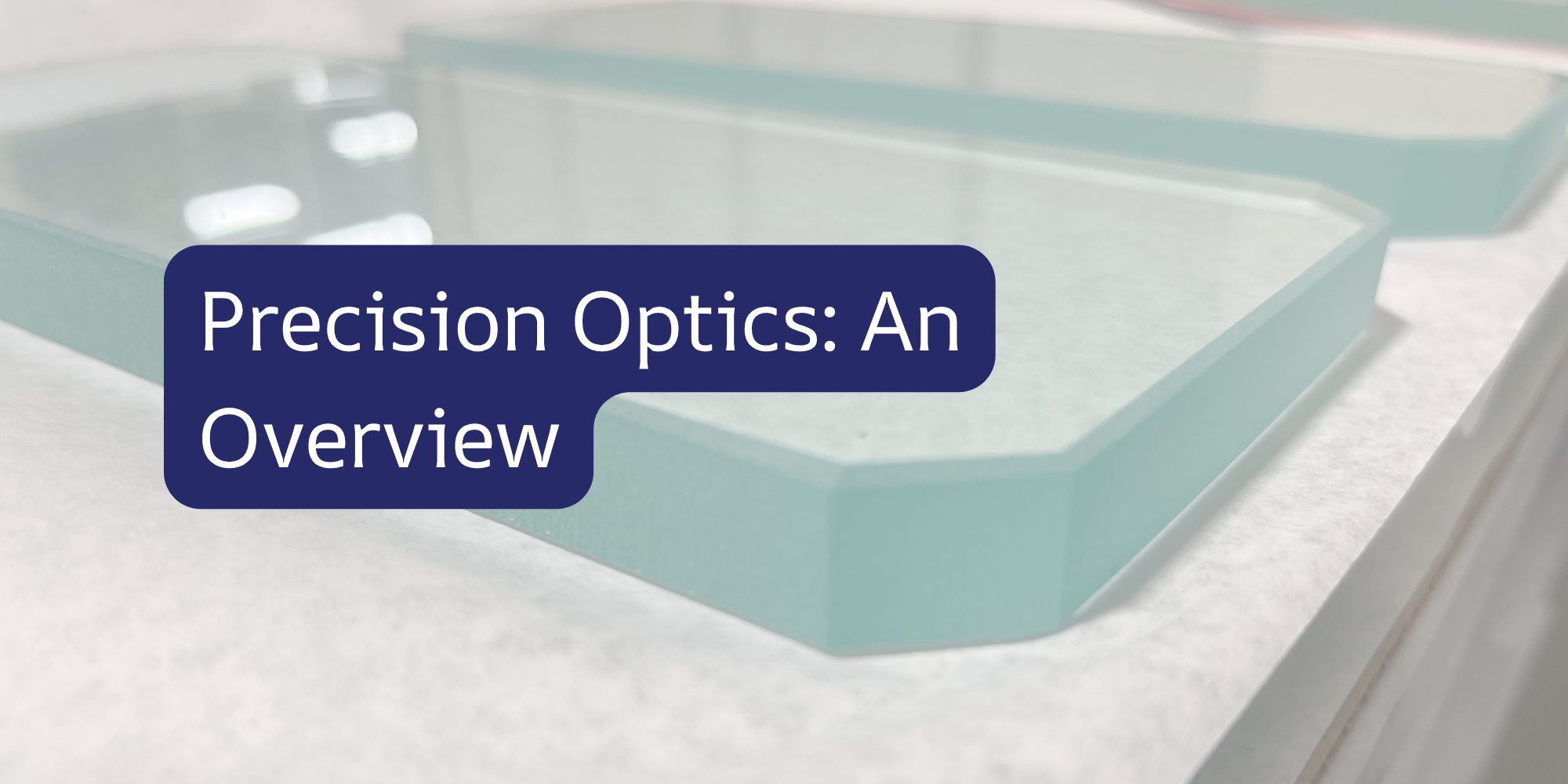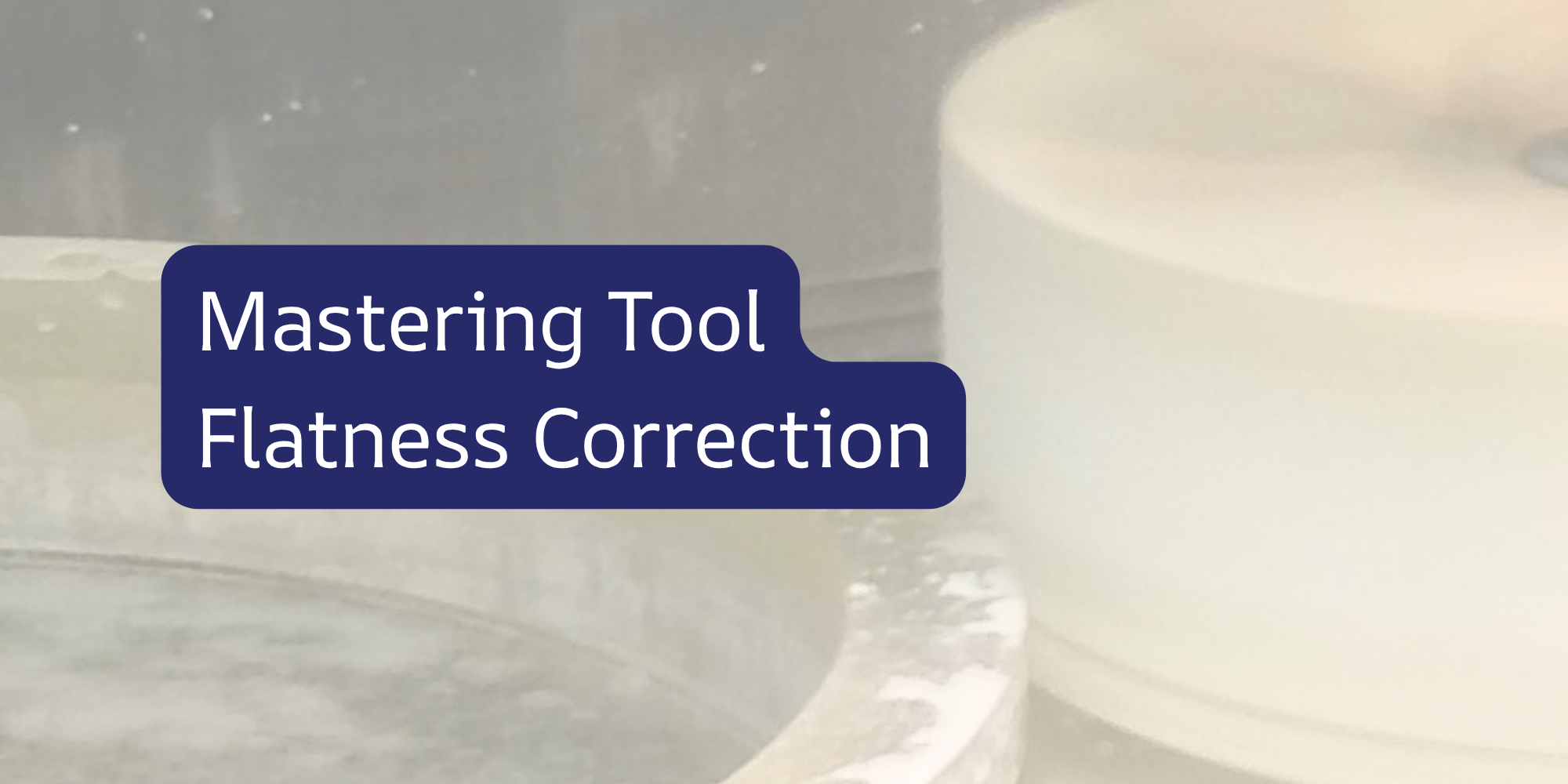In the precision optics industry, the quality of optical surfaces can make or break component performance. From microscopic scratches to subtle contamination, understanding and managing surface defects is crucial for achieving optimal results in optical manufacturing. This comprehensive guide explores the various types of surface defects, their impacts on optical performance, and cutting-edge techniques for detection and prevention.
Understanding Optical Surface Defects: Types and Impacts

Optical surface defects can have a significant impact on the quality and performance of precision optics. These defects can manifest in various forms, such as scratches, pits, digs, or contamination. Each type of defect can have different effects on the functionality and clarity of the optical surface.
For example, scratches can cause light scattering and reduce the overall transmission of the optics. Pits and digs can alter the surface shape and introduce aberrations or distortions in the transmitted light. Contamination, such as dust particles or fingerprints, can obstruct the optical path and degrade the image quality.
Understanding the types and impacts of optical surface defects is crucial in troubleshooting and improving the polishing quality. By identifying and categorizing these defects, optical engineers can develop targeted strategies to minimize their occurrence and optimize the optical performance.
The Science Behind Optical Surface Polishing
Optical surface polishing is a complex process that involves precision machining and material removal to achieve the desired surface finish and quality. It requires a deep understanding of the underlying science and principles of polishing techniques.
Various factors influence the efficiency and effectiveness of optical surface polishing, including the choice of polishing materials, abrasives, and slurries. The interaction between the tool and the surface, as well as the applied pressure and motion, also play a crucial role in determining the final surface quality.
By delving into the science behind optical surface polishing, engineers can gain insights into the mechanisms of material removal, the formation of surface defects, and the optimization of polishing parameters. This knowledge can help in troubleshooting polishing issues and improving the overall quality of precision optics.
Innovative Techniques in Detecting and Measuring Surface Defects
Detecting and measuring surface defects in precision optics is essential for quality control and process improvement. Traditional methods, such as visual inspection or microscopy, have limitations in terms of accuracy, speed, and repeatability.
Fortunately, there have been significant advancements in innovative techniques for surface defect detection and measurement. For example, optical profilometers and interferometers can provide precise and quantitative measurements of surface roughness, form errors, and other defects. Automated imaging systems and machine learning algorithms can facilitate efficient defect detection and classification.
By incorporating these innovative techniques into the inspection and measurement processes, optical engineers can enhance the accuracy, efficiency, and reliability of defect identification. This enables proactive troubleshooting and targeted improvements in the polishing quality.
Best Practices for Preventing Surface Defects in Optical Fabrication
Preventing surface defects is crucial in optical fabrication to ensure the production of high-quality precision optics. Implementing best practices can significantly reduce the occurrence of defects and improve the overall polishing quality.
One important practice is maintaining a clean and controlled environment throughout the fabrication process. This helps minimize the introduction of contaminants that can lead to surface defects. Regular cleaning of tools, equipment, and workspaces is essential to prevent contamination buildup.
Proper handling and storage of optics are also critical. Using protective covers or packaging materials can prevent scratches and other physical damage. Implementing appropriate handling procedures, such as wearing gloves and using lint-free wipes, can minimize the risk of introducing fingerprints or oils on the optical surfaces.
Additionally, careful selection and evaluation of polishing materials, abrasives, and slurries can contribute to defect prevention. Regular monitoring and analysis of process parameters, such as pressure, speed, and tool condition, can help identify potential issues and optimize the polishing process.
By adhering to these best practices, optical engineers can establish a robust fabrication workflow that minimizes surface defects and maximizes the quality of precision optics.






